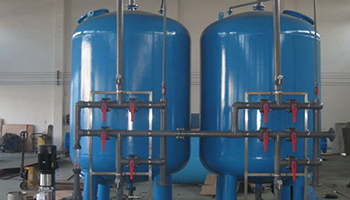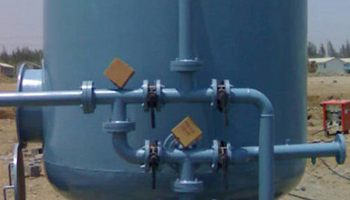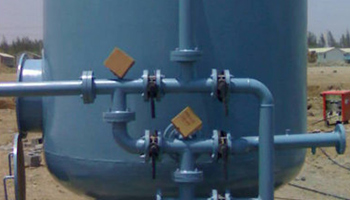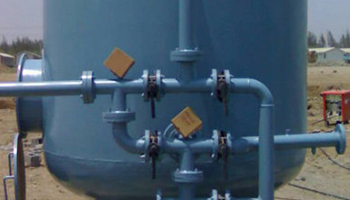Deep Bed Filtration
Deep bed filters are the variety of filters that use a porous filtration medium to retain particles throughout the medium, rather than just on the surface of it. These filters are commonly used when the water to be filtered contains a load of particles because, in comparison to the other types of filters, they can retain a large mass of particles before becoming clogged.
Deep bed filtration works by collecting particles within the filter media and passing a clean outlet flow of the fluid. Deep bed filtration typified by multiple porous layers with depth are used to capture the solid contaminants from the liquid phase.
Due to the tortuous and channel-like nature of the filtration medium, the particles are retained throughout the medium within its structure, as opposed to on the surface. Deep bed filters pose the added advantage that they are able to attain a high quantity of particles without compromising the separation efficiency. Deep bed filters are commonly characterized by the sand filter and have the ability to be used with substantially higher filter rates than in other designs. It is these characteristics that have cemented the use and popularity of deep bed filters as an effective medium for separation. With ongoing advances in process technologies, deep bed filter designs are continuously adapting and improving to meet the needs of industry.



